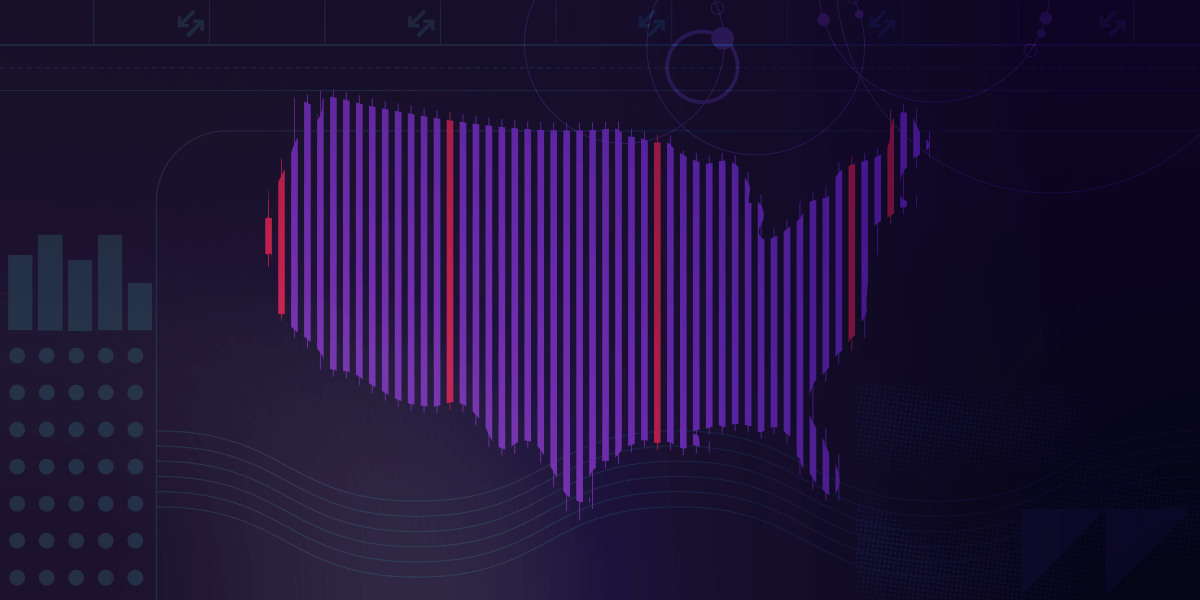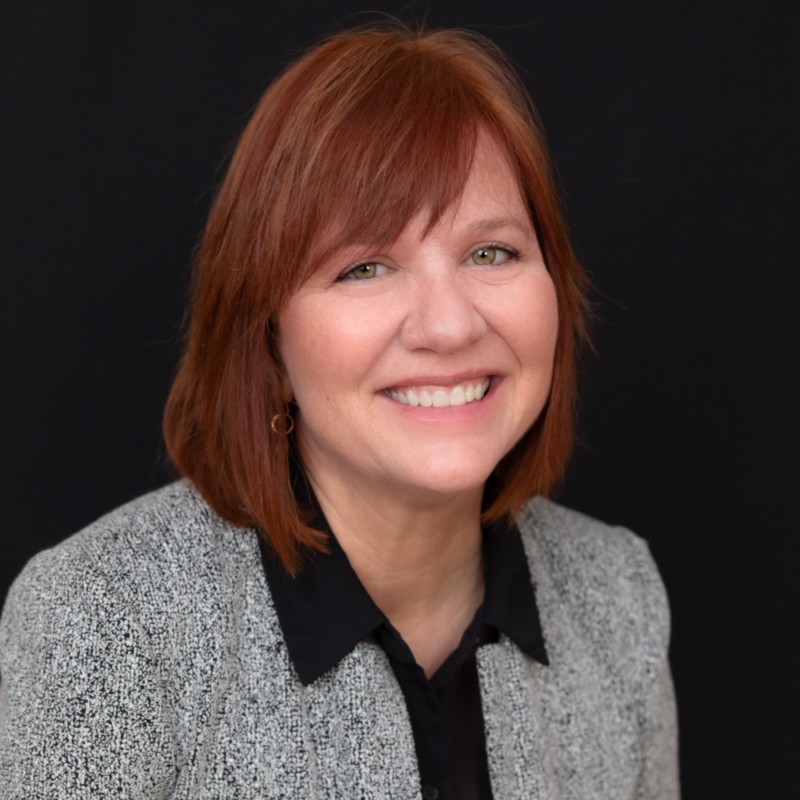
Ookla Analyst Report
50 U.S. States Broadband Speed Performance
Using Ookla’s Speedtest Intelligence® data, this report identifies the states that are currently delivering the minimum standard for fixed broadband speeds as established by the Federal Communications Commission (FCC) to the highest percentage of Speedtest users. It also singles out the states that need the most improvement when it comes to delivering the minimum standard for broadband to their residents.

Key takeaways
- The number of states with 60% or more users experiencing the FCC’s minimum standard for fixed broadband speeds of 100 Mbps downstream and 20 Mbps upstream increased from ten states in the 1H 2024 to 22 states (and the District of Columbia) in 2H 2024. Seven states have 65% of more users experiencing the FCC’s minimum standard for broadband of 100/20 Mbps.
- 32 states saw their digital divide increase between the 1H of 2024 to the 2H of 2024 and 17 states saw their digital divide decrease. Only one state, Kentucky, saw its digital divide remain the same.
- New Mexico, Colorado, and Minnesota had the biggest year-over-year increase in the percentage of Speedtest users that receive 100/20 Mbps broadband speeds.
The preview report below highlights the top 7 U.S. States with speeds of at least 100/20 Mpbs and provides a sample of analysis for the states with the largest digital divide. Want the full picture? Complete the form now to explore exclusive analysis and data covering all 50 U.S. states.
Access the full report
Ready for more? Submit the form and dive into detailed findings for all 50 states in our complete report.
Tracking the Broadband Progress of the 50 US States: 2H 2024
Many U.S. states made sizable gains in their broadband infrastructure during 2024 and much of that growth was fueled by private equity financing, mergers and acquisitions, capex investments, and government funding.
However, Ookla Speedtest Intelligence® data found that although the number of states in the U.S. delivering the FCC’s minimum standard for fixed broadband speeds (100 Mbps downstream/20 Mbps upstream) to 60% or more of Speedtest users increased dramatically between the first half and the second half of 2024, it didn’t result in sweeping improvements to the digital divide. In fact, 32 states saw their digital divide grow during this time period. It’s likely the demise of the Affordable Connectivity Program (ACP), which provided discounted broadband services to more than 23 million low-income U.S. households, contributed to this expansion of the digital divide. The FCC ended the ACP program on June 1, 2024, due to lack of Congressional funding.
To see how this compares to how the 50 US states performed in 1H 2024, click here.
Number of Top-performing States more than Doubles
Using Ookla’s Speedtest Intelligence® data collected in the second half of 2024 we compared the median download and upload speeds in all 50 states and identified the states that currently doing the best job of delivering the FCC’s minimum standard for fixed broadband speeds (100 Mbps downstream/20 Mbps upstream) to the highest percentage of Speedtest users.
In our 1H 2024 report on the broadband speed performance of the 50 states, there were 10 states where 60% or more of the Speedtest users were getting the FCC’s minimum standard for fixed broadband speeds of 100/20 Mbps. New Jersey was the No. 1 state followed by Connecticut.
In just six months, that number has grown to 23 states where 60% or more of the Speedtest users receive the FCC’s minimum standard for fixed broadband speeds of 100/20 Mbps. In addition, seven states now have 65% of more users experiencing the FCC’s minimum standard for broadband of 100/20 Mbps. New Jersey is still No. 1 with 68.97% of Speedtest users getting the FCC’s minimum requirement followed closely by Connecticut with 68.35%. Delaware, however, moved up from the No. 5 slot in the first half of the year to the No. 3 ranking in the 2H 2024.
On the opposite end of the spectrum, there are two U.S. states (Montana and Alaska) that have fewer than 40% of Speedtest users that receive the minimum broadband speeds of 100/20 Mbps. These are also two of the least densely populated states in the country.
It’s important to note that the percentage of broadband customers that are experiencing the FCC’s minimum broadband requirement of 100/20 Mbps in a state may be influenced by broadband plan pricing, which can impact user behavior and affordability. For example, New Jersey, which has the highest percentage of users with 100/20 Mbps broadband speeds, is one of the top 10 richest states in GDP per capita.
Percentage of Users per State with 100/20 Mbps Broadband Speeds
Source: Ookla Speedtest data. Enjoyed this preview? Submit the form now to unlock in-depth analysis for all 50 states in the full report.
Digital Divide Worsens in Washington, Oregon, and Illinois
While there are many efforts under way to reduce the digital divide, there are still states that have a prominent gap between the number of rural and urban residents that experience the FCC’s minimum standard of broadband speeds of 100/20 Mbps.
Surprisingly, while the number of states with 60% of more users experiencing 100/20 Mbps more than doubled from the first half of 2024 to the second half of 2024, it appears that much of that progress occurred in urban areas because the digital divide became more prominent in 32 states during that time period.
Of course, the lack of affordable broadband is known to exacerbate the digital divide. As noted above, some of this change is likely due to the demise of the Affordable Connectivity Program (ACP), which provided discounted broadband services to more than 23 million low-income U.S. households. The FCC ended the ACP program on June 1, 2024, because of a lack of Congressional funding.
Using the Census Bureau’s urban-rural classification and Ookla data compiled in the 2H of 2024, Washington, Oregon, Illinois, and Missouri have the biggest digital divide compared to the other 50 states. For example, while 68.42% of urban Speedtest users in Washington State receive broadband speeds of 100 Mbps/20 Mbps, only 31.06% of its rural Speedtest users receive those same speeds.
Washington leads the nation for having the biggest digital divide in the 2H 2024 and it also was at the top of the list in the 1H 2024. Unfortunately the state’s divide has grown during that time frame by 4.96 percentage points. Oregon and Illinois were also top states with the biggest digital divide in the 1H of 2024 and are also in the top five state ranking for the 2H of 2024. Alaska, however, improved its digital divide by 3.11 percentage points from the 1H of 2024 to the 2H of 2024.
Top Five States with Biggest Digital Divide
% of urban and rural users in each state that experience broadband speeds of 100/20 Mbps as of 2H 2024.
Source: Ookla Speedtest data.
Eliminating the Digital Divide isn’t Easy
With so much attention and funding being directed toward eliminating the digital divide, it’s disheartening to see the divide growing in some states, particularly as the overall percentage of Speedtest users getting speeds of 100/20 Mbps grows. It appears that many recent broadband investments are resulting in better urban broadband coverage rather than closing the gap in rural areas.
We provide semi-annual updates on broadband speed performance across providers in all 50 states, highlighting progress toward bridging the digital divide. Enjoyed this preview? Complete the form to unlock comprehensive insights and see how each state measures up.
About the Author

Sue Marek
Sue Marek is Ookla’s editorial director and part of the company’s analyst team. She oversees the company’s thought leadership and editorial content. Sue is a journalist with more than 30 years of experience covering the telecom industry and her work has appeared in Fierce Network, Light Reading, and SDxCentral. She is a frequent speaker at industry events and has moderated panels at Mobile World Las Vegas, Connect(x), the Consumer Electronics Show, the Competitive Carriers’ Show and 5G North America. Sue has a B.S. in journalism from the University of Colorado.

